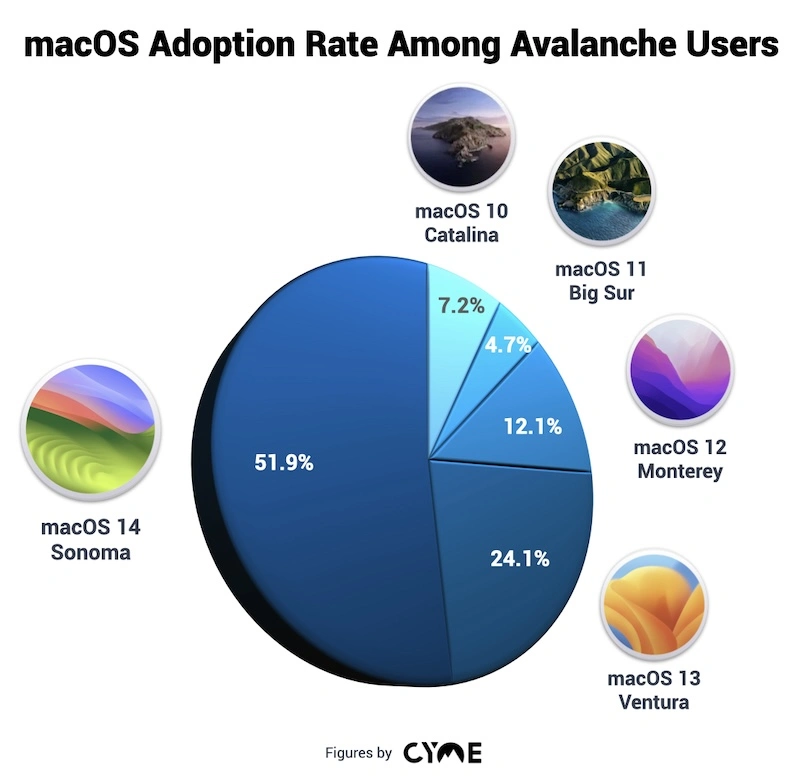Are Photographers the New Early Adopters?
Photographers, traditionally known as guardians of the traditions of their craft, have often been perceived as conservative when it comes to embracing the Tech Evolution in Photography. Once they find a workflow that suits their creative process, they are notorious for digging in their heels and resisting change. But is this perception accurate, or are we witnessing a transformation within the photography community? In an era where photography is deeply intertwined with digital technology, it’s time to question whether photographers have become the new early adopters.
The Rise of Digital Photography
The digital revolution has significantly impacted the way photographers capture and process images. The convenience and flexibility offered by digital cameras and editing software have opened up new possibilities for creative expression. Every year, innovations in photographers’ hardware and software require them to rethink their way of working. But do photographers regularly embrace these advancements, or do they remain attached to the past?

What do the Peakto's numbers have to say?
One of the indicators of the adoption of the latest technological advancements is the macOS update. To gain insight into photographers’ habits, CYME analyzed data from Peakto, its universal photo cataloger compatible with many photo editing software, available on Mac. Surprisingly, 91% of Peakto users have seamlessly upgraded to the latest versions of macOS (13 and 14). An impressive 65% are already using the very latest macOS Sonoma 14, which debuted recently in September 2023.
Are these figures representative or do they exhibit a selection bias? Peakto, as an innovative Mac software, naturally attracts photographers with a penchant for embracing technological novelties and the audacity to explore them. Before jumping to hasty conclusions, let’s delve deeper into the world of photographers.

The data from Avalanche confirms the trend
Our software, Avalanche, serves as a bridge for photographers looking to transfer their photos from one editing software to another without losing their painstakingly crafted modifications. It facilitates the migration of images from legacy software like Aperture and iViewMedia, the Apple classics, to modern photo editing tools such as Lightroom, Luminar Neo, or Capture One.
Among Avalanche users, we encounter a different breed of photographers—those more inclined to preserve their tried-and-true workflows. That’s why it’s not surprising to still find approximately 24% of users on macOS 12, 11, or even 10 among them.
However, 76% of Avalanche users have made the leap to macOS 13 or 14. One of the hypotheses to explain this strong adoption of Apple’s latest operating system lies in the acquisition of newer hardware. The significant leap in performance between Intel and Apple Silicon processors appears to have greatly accelerated the adoption of macOS 13/14 among photographers who chose to upgrade their hardware.

Conclusion: The Continuing Evolution of Photography
In 2023, photographers displayed a strong appetite for innovations, demonstrating their willingness to harness the power of technology and new equipment to open up new horizons for their creativity. Photographers showed a similar interest in innovations in photo editing software: Lightroom, which led in innovation, appears to have attracted new users, as we describe in this article. The stereotype of inflexible, traditionalist photographers is fading away.
Photo Credit: Montylov ; Keming Tan









